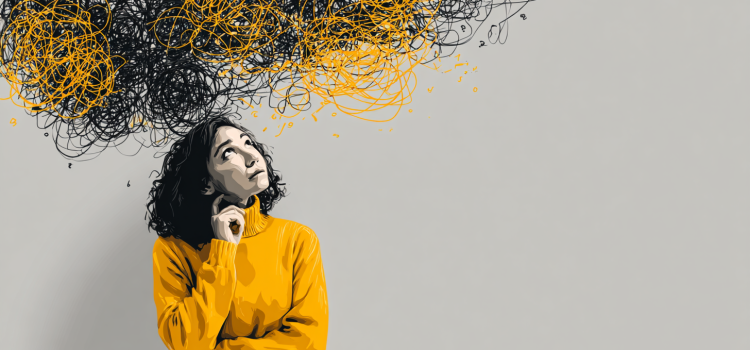In Thinking, Fast and Slow, Daniel Kahneman defines System 1 and System 2 thinking—the two different ways you think and make decisions. These are the titular “fast” and “slow” methods of thinking, each with its own benefits and drawbacks. In this article, we’ll start by describing the quick, largely subconscious System 1, then move on to the slower and more rational System 2. We’ll also discuss why Kahneman believes that each system has its own fundamental flaw.
System 1 and System 2 Thinking: Definitions & Flaws










